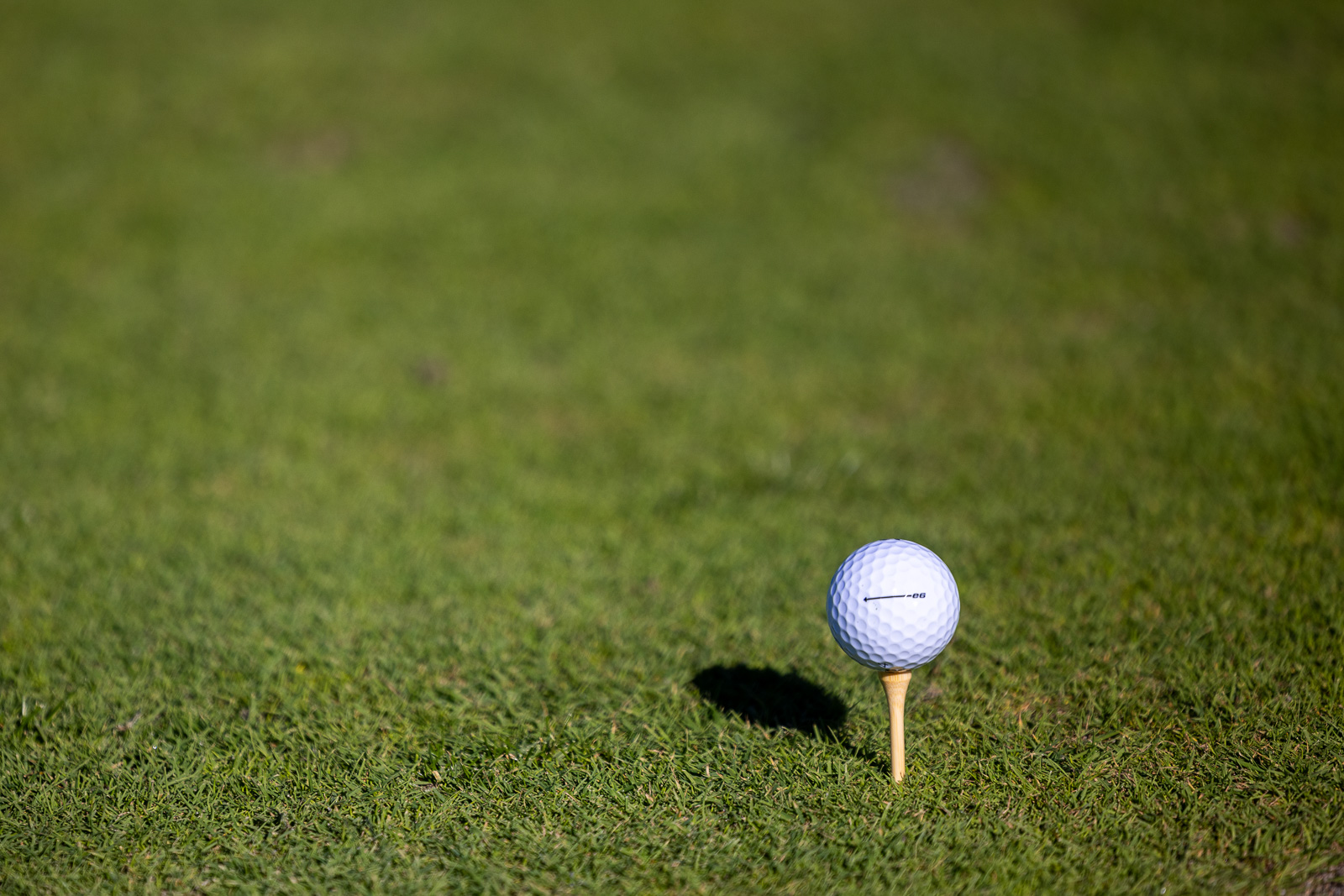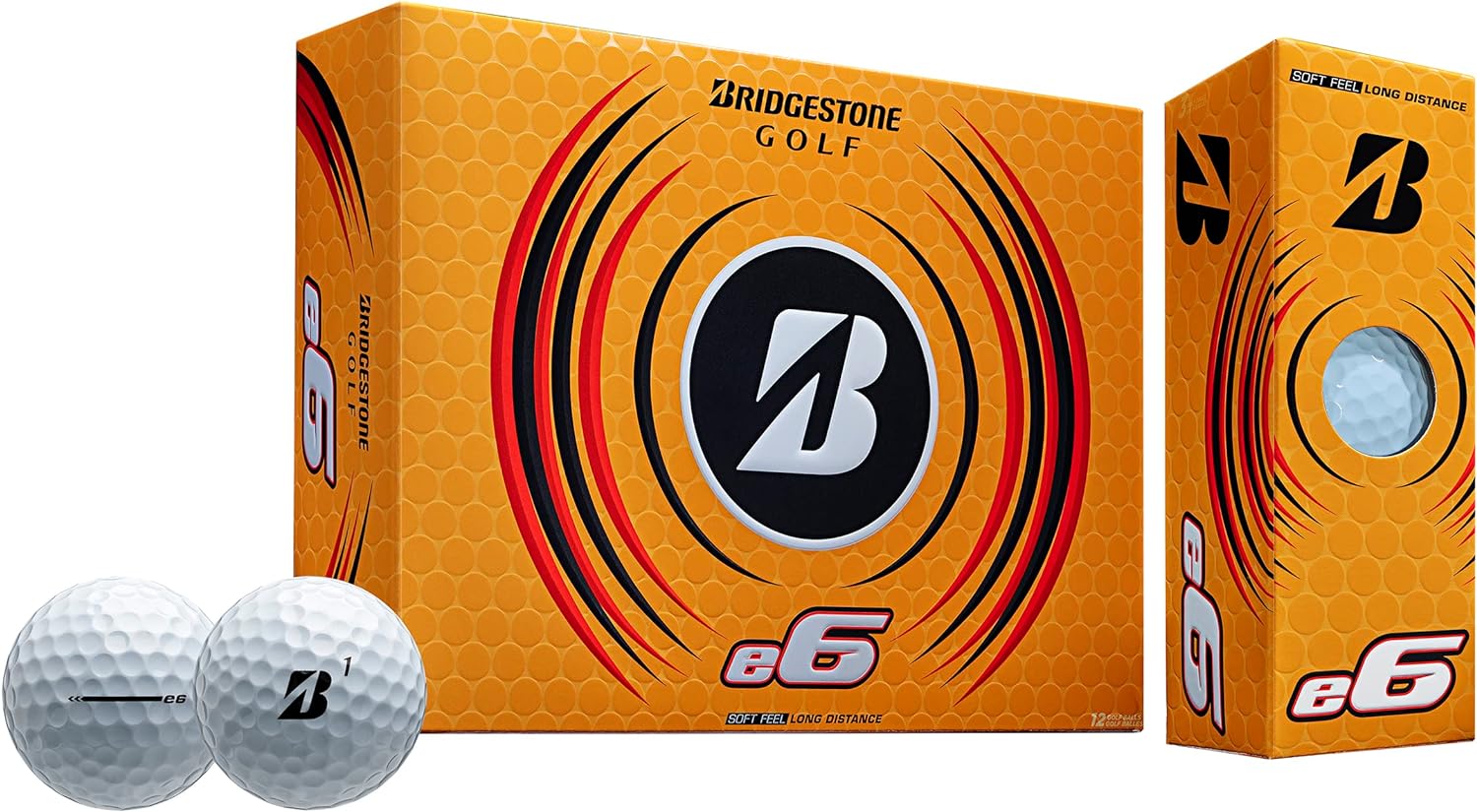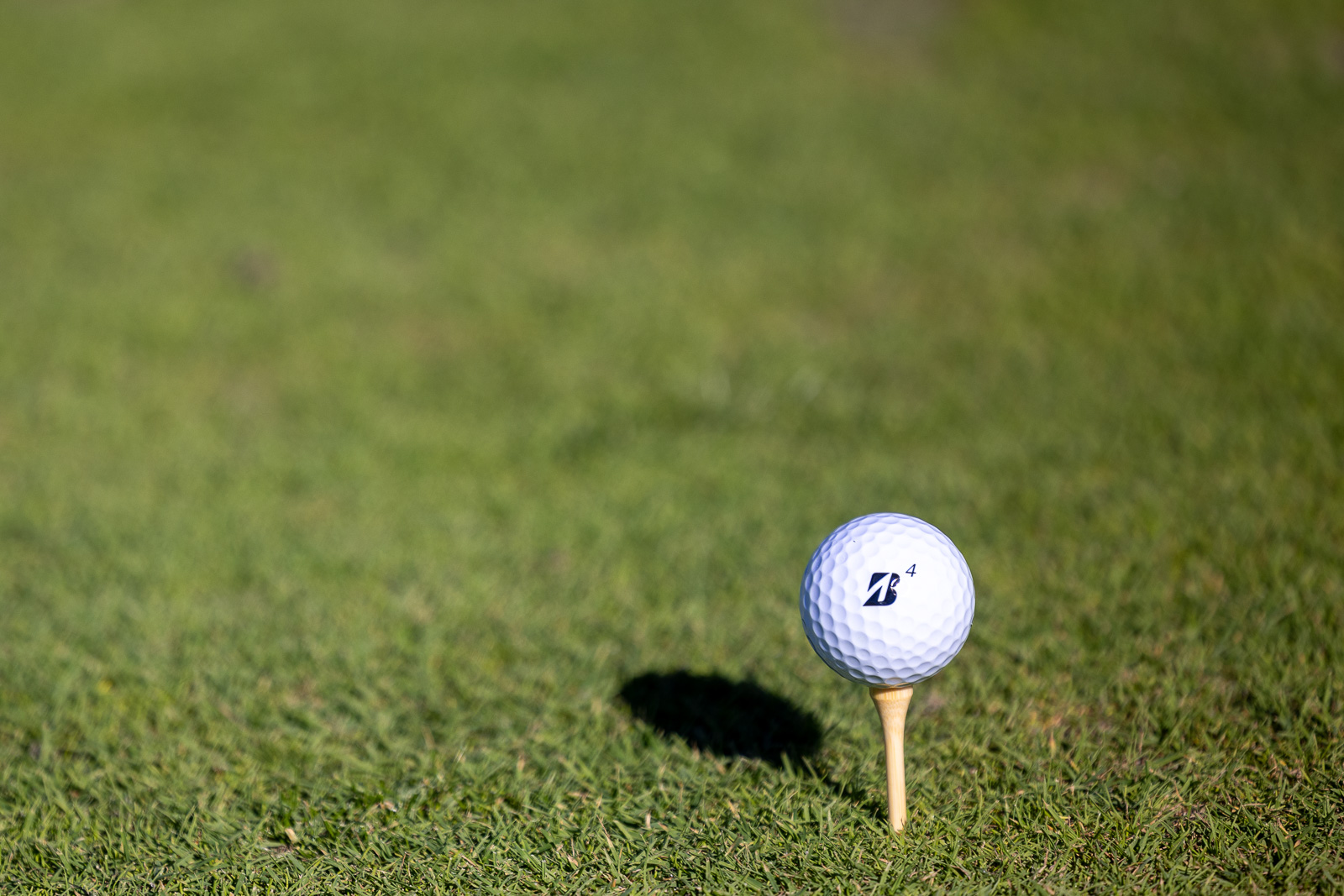This Bridgestone e6 review was updated in April 2024 to reflect the performance of the current generation of e6 ball.
When I first wrote this review of the Bridgestone e6 ten years ago, I was really impressed with the performance, especially relative to its price.
It helped minimize my slices, and while it’s certainly no magic bullet (no ball is), it performs really well relative to its peers.
Now in 2024, having played with every iteration of the ball since it first came out, they continue to consistently make a good ball.
It’s evolved a lot since the early days (remember when the e6 had the Dual Dimples that are now only on more expensive Bridgestone models?)
But the average person won’t be able to tell any major differences between the current model and the generation before it.
Even all these years later, when people ask me what the best ball is under $30, the Bridgestone e6 is usually my answer.
(If you’re looking for balls under $20, I recommend checking out the Noodle.)
I’d also take a look at our full rundown of the best golf balls on the market right now. It’ll be a great resource in helping you find the right ball for your game.
It’s also my go-to if I’m in a pinch and need to buy balls at a club that are going to be full retail. For my game, they’ll perform well, and while I’m at the point now where I do notice some differences in tour balls like the Pro V1s or the TP5 – I still play many of my rounds with the e6 – and I think you should too.
I’ve perpetually been on the hunt to find the perfect ball for my game.
The problem is, I’ve got very little consistency when it comes to my golf game (how many of us can relate to that?).
After shooting an 82 and 83 a couple weeks ago, I’ve had 5 rounds in the nineties recently, as my slice has come back killed my confidence.
So finding a ball that helps me on my off days, while allowing me to excel on my good days is no easy task.
Historically I’ve played Vice Pro Plus and ProV1’s. The Pro V1s are great when I’m playing well – and you can definitely notice a difference between this caliber ball, and say the e6. Those provide all the feel I need on the greens, and the ball flies great.
However when I’m slicing it, the ball doesn’t compress as much, and I’m left with a ton of sidespin that just causes the ball to slice even more.
This is frustrating to say the least, and doesn’t help to build my confidence back up after a couple off rounds.
Enter the Bridgestone e6.
I’ve spent quite a bit of time with Bridgestone balls over the years, and always walk away impressed when compared to competing products (both at the tour ball and game improvement ball levels.
The goal of the e6 is to reduce spin to help minimize the misses on errant shots, while still being soft enough to give you control around the greens.
First Impressions of the Bridgestone e6 Golf Ball
Despite the odd looks of the “dual dimples” that you could find on the original e6, I always kind of liked them.
The current generation Bridgestone e6, pretty much looks like a standard golf ball.
I like the alignment line design with the “e6” logo, as it feels both clean and modern.

Bridgestone e6 Performance
For the purposes of this article, I recently went out and played 9 holes with multiple balls including the e6, Tour B Xs, and ProV1x.
It was interesting to play these balls back to back and be conscious of the differences between them.
Whenever I hit a Pro V1 well it feels effortless and like the ball just pops off the club face. Interestingly, I seemed to get that same feeling with the e6 on a more regular basis. I still had a bit of a fade on most shots, but the super-errant misses were definitely minimized.
If you’re looking at the marketing the Pro V1 should have given me more distance on a well-struck ball than the e6s, and well, they did. Not necessarily by much, but the Pro V1s definitely excelled when making great contact.
But the e6 continued to be the far more forgiving ball when it comes to slices and mishits. And to be clear, it’s also no slouch when it comes to distance, just not quite best of the best.
Around the green I do notice it’s definitely not quite up to par with the tour balls – but if you’re a mid to high handicapper looking for help with consistency, this shouldn’t be a dealbreaker.
I’d much rather be in the fairway and not be able to stop the ball on a dime, than have to punch out every time like I do with tour balls on my off days.
Final Thoughts on the Bridgestone e6
Overall, as I’ve been for years, I’m very impressed with the Bridgestone e6. It continues to be one of my go-to balls when I’m looking to save a little bit of money, but not totally sacrifice on performance.
At $25 a dozen it represents a very good value in a product category that continues to be exceedingly expensive (especially if you’re prone to losing balls!)
There’s so much ego in golf. We often think we have to have the most expensive “best” golf balls. But the good news for newer golfers, is that you don’t have to spend 60 bucks a dozen to get the best balls for you. And there’s a good chance the Bridgestone e6 may just fit that ball for your game.
A mid-range ball that's got a good reputation, and is a solid tradeoff of price vs. performance. Great for mid to high handicappers.
Other Golf Balls to Consider:
- Vice Golf Ball Review: This is a Tour level ball at an amateur-level price. It may not be quite as forgiving as the Bridgestones, but they’re worth checking out.
- Noodle Golf Balls Review: These aren’t quite as good as the Bridgestone e6 balls, but I think they’re the best cheap golf balls out there, so it’s worth taking a look.
- Best Golf Balls – Our picks for the best golf balls on the market.
This page contains affiliate links. This means that if you click a link and buy one of the products on this page, I may receive a commission (at no extra cost to you!) This doesn’t affect our opinions or our reviews. Everything we do is to benefit you as the reader, so all of our reviews are as honest and unbiased as possible.




2 Comments
All you need to use is the Srixon q-Star (Yellow) or possibly the z-star if you swing faster than 95mph.
Bet you will break 80 with either one of those golf balls.
The Pro V1x is to much golf ball for you which is why your getting all kinds of side spin.
I agree with his assessment, one has to have a swing speed over 95 to be able to consistenly play the ProV1, Tour players use because they are not concerned about swing speed but its greenside and 100 yds out that concerns them with greens running at 10-14 on the stimp meter. I see players all the time using Pro Vs who can’t break 90 or even a 100, because of the super soft cover it will spin, which is intended for around the green ie stopping power, but it also translate into side spin on all other clubs.